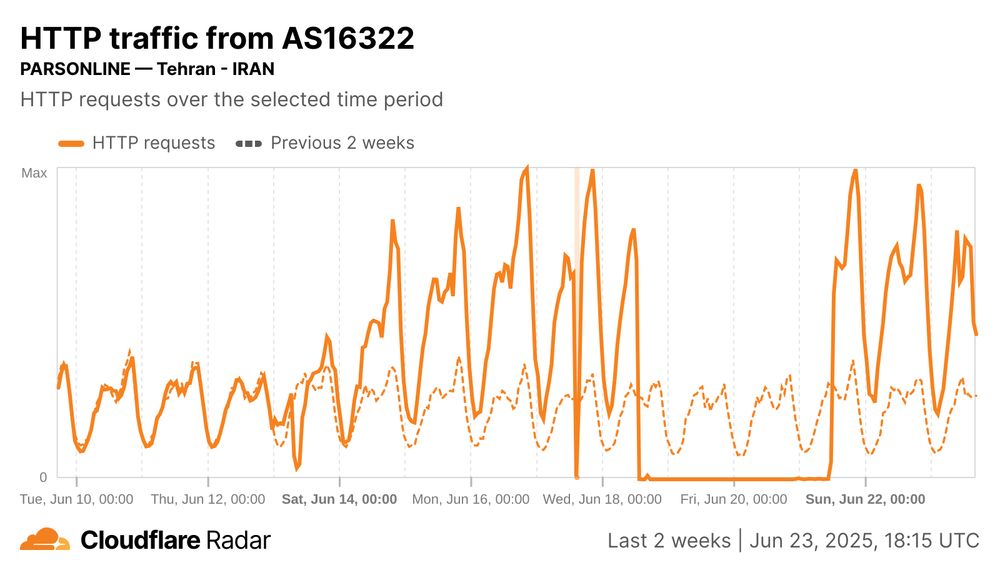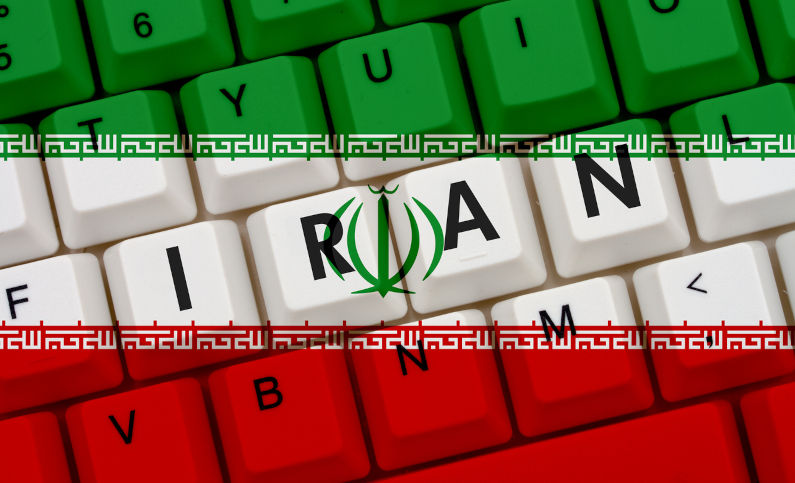Iran’s internet blackout left people in the dark. How does a country shut down the internet?
June 26, 2025
In recent days, Iranians experienced a near-complete internet blackout, with local service providers — including mobile services — repeatedly going offline. Iran’s Government has cited cyber security concerns for ordering the shutdown.

Shutting off the internet within an entire country is a serious action. It severely limits people’s ability to freely communicate and to find reliable information during times of conflict.
In countries that have privatised mobile and internet providers, control is often exercised through legislation or through government directives – such as age restrictions on adult content. By contrast, Iran has spent years developing the capacity to directly control its telecommunications infrastructure.
So how can a country have broad control over internet access, and could this happen anywhere in the world?
How does ‘blocking the internet’ work?
The “internet” is a broad term. It covers many types of applications, services and, of course, the websites we’re familiar with.
There’s a range of ways to control access to internet services, but broadly speaking, there are two “simple” methods a nation could use to block citizens’ internet access.
A nation may opt to physically disconnect the incoming internet connectivity at the point of entry to the country (imagine pulling the plug on a telephone exchange).
This allows for easy recovery of service when the government is ready, but the impact will be far-reaching. Nobody in the country, including the government itself, will be able to connect to the internet – unless the government has its own additional, covert connectivity to the rest of the world.
This is where it gets more technical. Every internet-connected endpoint — laptop, computer, mobile phone — has an IP (internet protocol) address. They’re strings of numbers; for example, 77.237.87.95 is an address assigned to one of the internet service providers in Iran.
IP addresses identify the device on the public internet. However, since strings of numbers are not easy to remember, humans use domain names to connect to services – theconversation.com is an example of a domain name.
That connection between the IP address and the domain is controlled by the domain name system or DNS. It’s possible for a government to control access to key internet services by modifying the DNS – this manipulates the connection between domain names and their underlying numeric addresses.
An additional way to control the internet involves manipulating the traffic flow. IP addresses allow devices to send and receive data across networks controlled by internet service providers. In turn, they rely on the border gateway protocol (BGP) – think of it like a series of traffic signs which direct internet traffic flow, allowing data to move around the world.
Governments could force local internet service providers to remove their BGP routes from the internet. As a result, the devices they service wouldn’t be able to connect to the internet. In the same manner, the rest of the world would no longer be able to “see” into the country.
Republished from The Conversation, 24 June 2025
Disclosure statement The authors do not work for, consult, own shares in or receive funding from any company or organisation that would benefit from this article, and have disclosed no relevant affiliations beyond their academic appointment.
The views expressed in this article may or may not reflect those of Pearls and Irritations.
